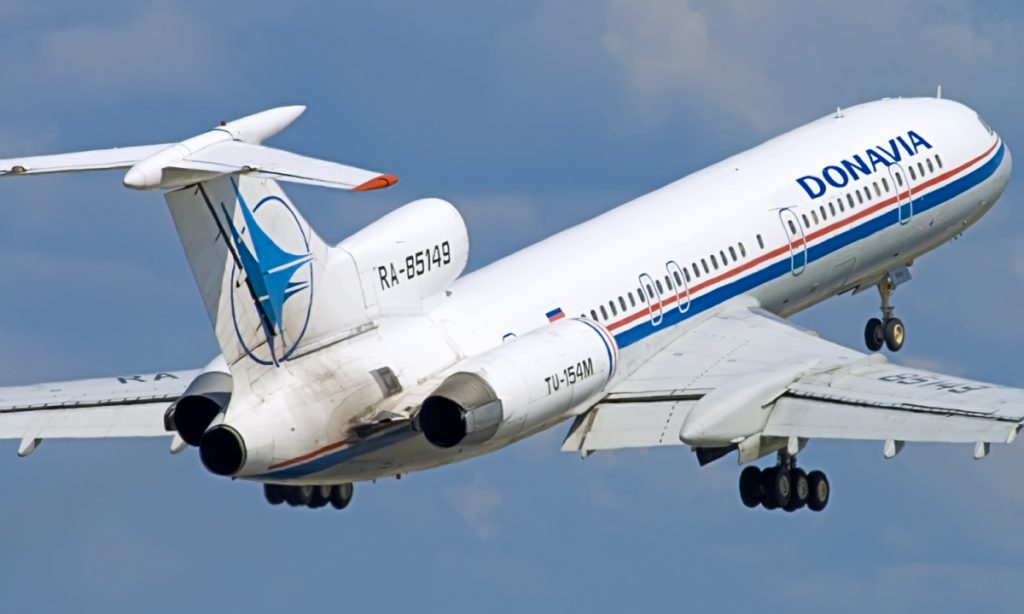Many have always regarded the Tupolev Tu-154 as a copycat aircraft of the Boeing 727. They are both trijets with tail engines, both flew within a decade of each other, and both had the same mission profile. But is the later Soviet one better? Or do airlines prefer the classic edition? Let’s explore.
How will we perform this comparison?
To approach this reasonably, we will assume that we are an airline choosing between the two aircraft. While the plane may have better passenger comforts, we will be more concerned with the bottom line and whether or not its a good deal.
As the two cold war powers split the world back in the 1960s and 1970s, we will assume that buying a particular aircraft would not come with problems such as a maintenance or lack of spare parts (which has been an issue with the SSJ100). If you select one aircraft, it will have no background issues with its deployment.
Let’s begin the analysis.
Passengers
There are two variants of the Boeing 727, the smaller Boeing 727-100 and the more significant 727-200. The smaller version can seat up to 106 passengers in a two-class configuration, with sixteen passengers in first class (there wasn’t business back then) with 38 inches of legroom, and 90 passengers in economy with an incredible 34 inches of legroom (almost unheard of today).
The bigger and more popular Boeing 727-200 had 134 passengers on board; 20 in first class and 114 in economy with the same seat pitches.
The Soviet counterpart, the Tu-154, went through many different design changes throughout its life (and the list of variants could be its own article), with passenger capacity ranging from 114–180 depending on the model. We can’t deny that carrying 180 passengers makes it rival the Boeing 737 (which started to fly the same time as the Tu-154) and thus beats out the original Boeing 727.
Winner: Tu-154
Range
When it came to range, Boeing offered three different models throughout the life of the Boeing 727.
- Boeing 727-100 – with a range of 2,250 nautical miles (4,170 km)
- Boeing 727-200 – with a range of 1,900 nautical miles (3,500 km)
- Boeing 727-200 Advanced – Increased the range up to 2,550 nautical miles (4,720 km)
The Tu-154, on the other hand, had two versions throughout its development. Halfway through production, the design changed to include more fuel-efficient engines, substantially extending the range.
- Tu-154 – Had a range of 3,900 km (2,100 nautical miles; 2,400 mi)
- Tu-154M – Had a range of 6,600 km (3,600 nautical miles; 4,100 mi)
Looking at the above numbers, we can see that the Tu-154 initially failed to beat out the Boeing 727 (although it was close), and it was only with further improvements that it was able to match western engine technology.
Winner: Draw
Price
All of the above is mute if the winning aircraft is more expensive than another. According to list prices:
- The Boeing 727-200 was $8.5 Million (1972) or $52.42 Million today.
- The Tu-154 is harder to find a price but is listed with the modern price of $45 Million.
We can see that the Tu-154 was cheaper to make and sell to countries by a few million less.
Bottom line
The bottom line is that the Tu-154 had all the advantages that a decade of development can bring. It could carry more passengers and fly further, and thanks to seeing the various gaps that the Boeing 727 didn’t fit, it was able to cater to them as well. The Tu-154 would go on to rival the Boeing 737 for many years and be a mainstay in the Soviet sphere of influence.
What do you think? Let us know in the comments.

